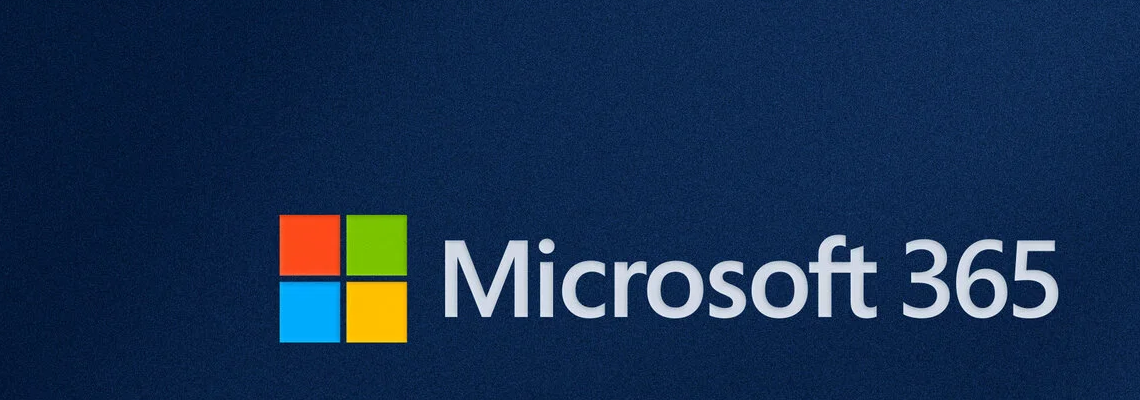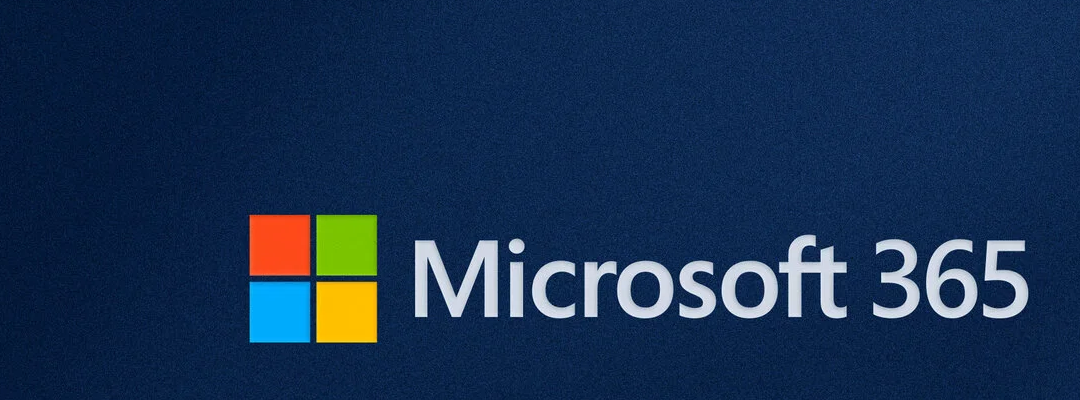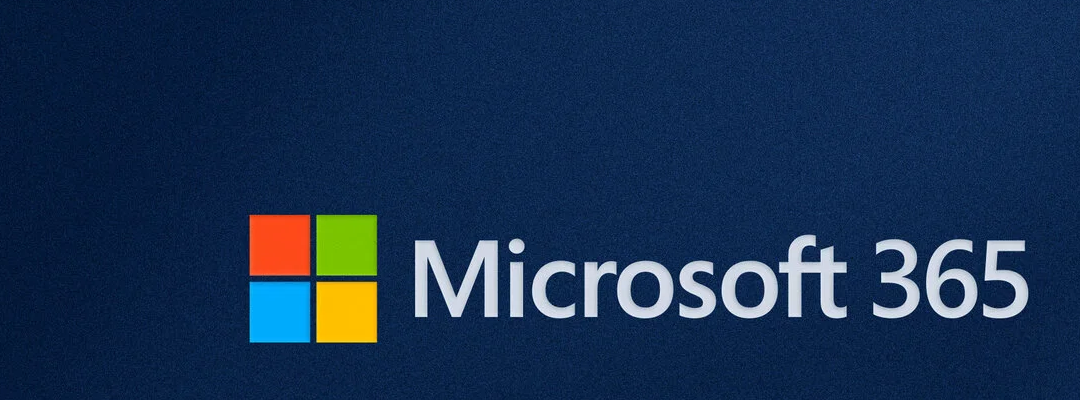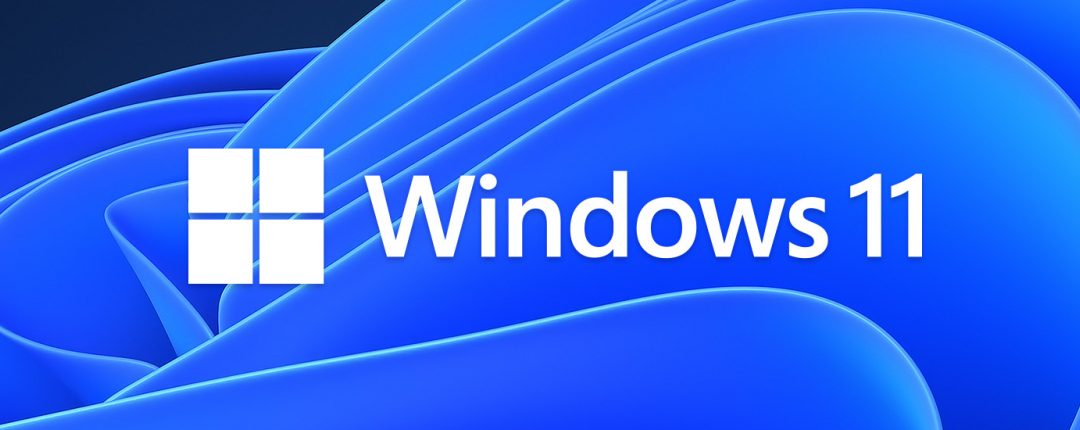Stage 1: Prepare Before You Create Your Microsoft 365 Tenancy
Before you begin setting up Microsoft 365, it’s important to gather a few key pieces of information. This preparation will make the process smoother and help avoid delays. By now, you would have already:
- Analysed your business’ needs.
- Assessed the quality of your Internet connectivity.
- Provisioned a domain name to reflect your trading style.
- Assessed what kind of Microsoft 365 licenses you need.
- Who to assign the licenses to.
- Outlined a scheme for departmental users, folders, files.
What You Need before you begin
- Primary and Secondary Email Addresses
- You will need a personal email address that is private and secure. This will act as your secondary contact and recovery address. Avoid using shared or public emails.
- Payment Information
- Have a valid debit or credit card ready. Microsoft requires this to activate licenses and subscriptions.
- Domain Name Access
- You must have access to your domain registrar (e.g., GoDaddy, 123-Reg, IONOS). You’ll need login credentials to configure DNS records for services like Exchange email.
- Mobile Phone with Microsoft Authenticator Installed
- Download and install Microsoft Authenticator app on your smartphone. This is essential for setting up Multi-Factor Authentication (MFA), which protects your admin account. See this article for guidance notes.
Backup Your MFA Credentials
You should configure and back up your MFA credentials during this initial stage. This is because if you cannot get access to 365 once you have started, there is no other way to recover your account. Tenancy owners have to take special measures to avoid losing 365 credentials. Once Microsoft Authenticator is installed:
- Enable cloud backup inside the app (Microsoft Authenticator –> Settings –> Backup).
- Use a personal Microsoft account (e.g., Outlook.com) to store the backup.
- if you use iPhone, you can use iCloud to backup Authenticator credentialsw
- write down your recovery key and store it securely offline.
- Write down your recovery key and store it securely offline.
This ensures you won’t lose access if your phone is lost or reset.
Stage 2: Create Your Tenancy and Configure Microsoft 365
Once you have prepared preliminary essentials, you can begin setting up your Microsoft 365 environment.
Step-by-step workflow
- Create Your Microsoft 365 Tenancy
- Visit Microsoft 365 Business and choose a plan (Business Standard or Premium is typical). Follow the prompts to create your account.
- Verify and Configure Your Domain Name
- Microsoft will guide you to add DNS records to your domain registrar. This enables services like Exchange Online and Teams.
- Add Users
- Create user accounts for each employee. Use their real names and assign usernames based on your domain (e.g., jane@yourcompany.co.uk).
- Purchase Licenses
- Buy the appropriate number of licenses for your team. You can mix Business and Enterprise licenses depending on needs.
- Assign Licenses to Users
- Go to the Microsoft 365 Admin Center → Users → Active Users → Assign licenses.
- Set User Roles
- Keep yourself as the Global Administrator. Assign others as Standard Users unless elevated access is needed.
- Prepare User Documentation
- Create a simple guide for your team explaining:
- How to log in
- Where to access email and Teams
- How to reset passwords
- MFA setup instructions
- Create a simple guide for your team explaining:
Stage 3: Secure Your Domain and Expand Admin Capabilities
Once your tenancy is operational, it’s time to secure your email and prepare for future service expansions.
Configure Email Security
- Set Up DKIM and DMARC – these protocols help prevent email spoofing and improve deliverability.
- SPF is configured by default in Exchange online.
- For DKIM and DMARC configuration, see these guidance notes.
Expand Microsoft 365 Global Admin privileges
Some advanced features require additional permissions:
- Security Group Memberships – add yourself to:
- Security Administrator
- Compliance Administrator
- Exchange Administrator (for mail flow and connectors)
These memberships may not be necessary immediatley, however if you do not enable these now you may be frustrated when you try dealing with some functions that do not automatically appear to be available to you, including:
- Microsoft 365 connectors
- Threat policies
- Data loss prevention (DLP)
Enable Additional Microsoft 365 Services
Microsoft 365 includes other services that may be disabled by default that you should enable:
- Microsoft Teams – Collaboration and chat: installed, but requires enabling
- Microsoft Loop – Real-time document collaboration: installed, but requires enabling
- Planner – Task management: installed, but requires enabling
- Bookings – Appointment scheduling: installed, but requires enabling
- Power Automate – Workflow automation: installed, but requires enabling
To enable these services:
- Go to Admin Center → Settings → Org Settings → Services.
- Toggle on the services you want to use.
Summary
Setting up Microsoft 365 for a small business can be accomplished with thorough peparation and an understanding of the workflow. With the right preparation and a step-by-step approach, you can create a secure, scalable environment for your team. What you do when creating your Microsoft 365 tenancy will dictate how the tenancy works in production, and although it is possible to accomplish a functioning Microsoft 365 tenancy using our guidelines, we recommend our professional experience to provide a solid foundation for your tenancy to scale as your business grows.
About ComStat.uk: Internet Service Provider Comstat provides IT support, web hosting, and media services including web design, Microsoft 365 setup, and audio/video production, serving businesses across Denbighshire, North Wales and Wirral from Ruthin, and Lancashire and the Northwest from Bolton.




